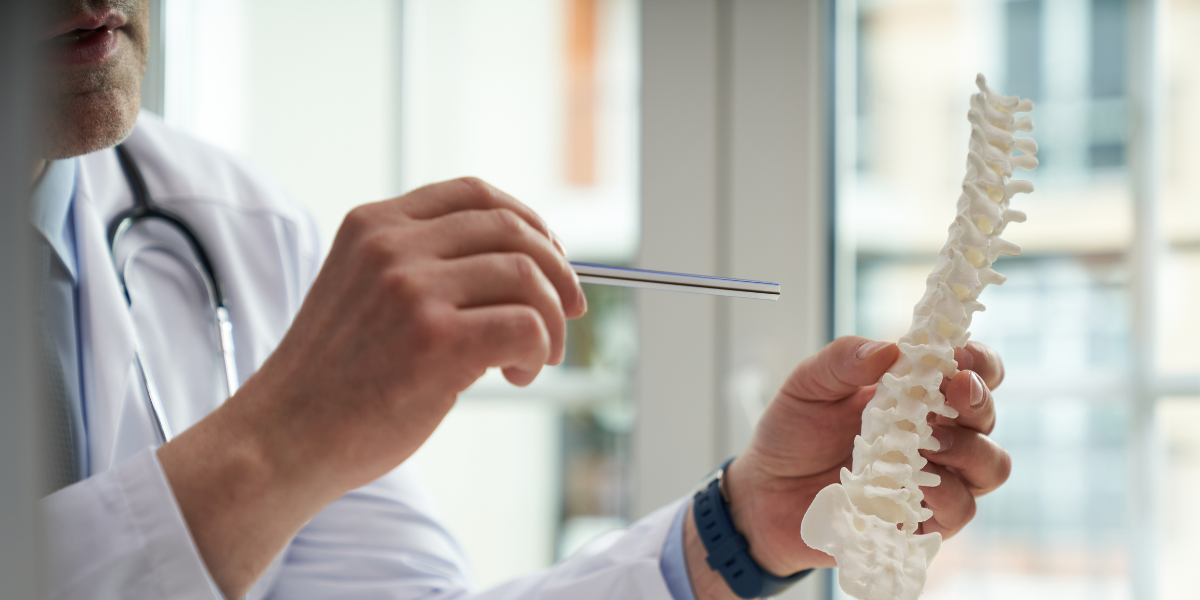Understanding Osteoporosis and Preventing Falls

Osteoporosis is a serious health concern that affects millions of people worldwide. It’s an age-related disease that can lead to fractures and loss of bone density. Osteoporosis if left untreated can make everyday activities difficult, from walking to bending down or even sitting up in bed. Fortunately, there are ways to prevent falls before they happen through understanding the causes and treatments for osteoporosis as well as starting a regular exercise program including strength training. In this blog post, we’ll explore how understanding osteoporosis can help you protect yourself from falls by covering what it is, its cause and risk factors, diagnosis methods and treatment plans available today.
Osteoporosis is a condition in which bones become weak and more prone to breaking. It’s known as “the silent thief of bone” because you can have it without even knowing it. Women are at greater risk for developing osteoporosis after menopause due to a decrease in estrogen levels. Other factors that increase your risk include a family history of osteoporosis, age, low body weight and certain medications or health conditions.
There are two main types of tests used to diagnose osteoporosis: dual-energy X-ray absorptiometry (DXA) scans and ultrasonography (US). DXA scans measure the amount of mineral content in bones while the US uses sound waves to detect changes in bone density. The results of these tests can be used to determine if you have osteoporosis or not and help your doctor create a treatment plan that’s right for you.
The best way to prevent falls is by understanding the cause, risk factors and treatments available for osteoporosis. A combination of lifestyle changes and medications may be recommended by your doctor to slow down the progression of the disease and strengthen bones. These may include quitting smoking and doing regular weight-bearing exercises such as walking, jogging, dancing, or using an elliptical machine. Additionally, talking with your doctor about taking medication such as bisphosphonates or calcitonin may help reduce fractures associated with osteoporosis.
Moreover, eating a healthy diet and getting plenty of calcium and vitamin D is also essential for people with osteoporosis. Calcium can be obtained through dairy products, and dark green vegetables such as broccoli, kale, collards and legumes. Vitamin D comes from spending time in the sun and consuming foods such as fatty fish, fortified milk and orange juice, mushrooms, egg yolks and cheese. Other important nutrients include magnesium, zinc and phosphorus – which found in nuts, seeds and leafy green vegetables. Furthermore, maintaining a healthy weight is essential for preventing falls due to osteoporosis. By keeping muscles strong and avoiding excess weight, people with osteoporosis can lower their risk of falls.
By understanding osteoporosis and taking steps to protect yourself, you can reduce your chances of falls. Take the first step in protecting yourself and make sure you’re informed so that you can live a healthy life without fear of falling. Finally, if you require additional assistance now so that you can maintain your independence at home safely, contact us today as we have caregivers who are educated about osteoporosis safety measures readily available for quick response.
